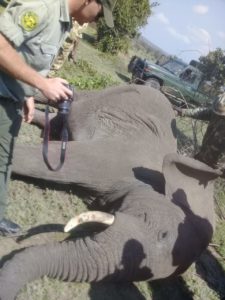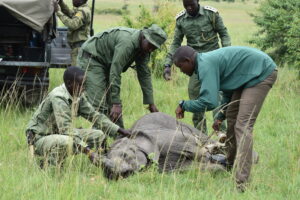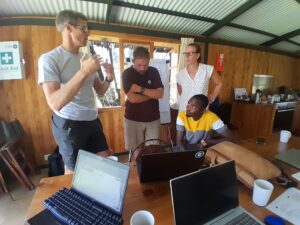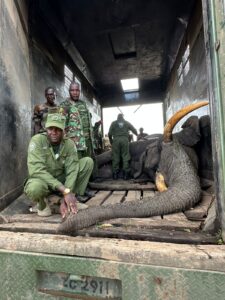The great migration is in full swing in the southern portion of the Mara but has yet to reach the northern portion due to a lack of rainfall. Luckily, by the end of August, MEP HQ was seeing an increase in rain, hopefully resulting in the migration making its way north.

A photo entry by Mary Chambers into The Greatest Maasai Mara photography competition depicting the migration.
The MEP intelligence unit contributed to several notable arrests and seizures this month. One, in Migori, where Kenya Wildlife Service, going on MEP intelligence, arrested two suspects with 39 kg of ivory. The MEP intelligence unit gathered information from two informants that led them to the Tanzania/Kenya border pretending to be buyers. Once there with KWS, they divided themselves into two teams, one the arrest team and the other providing backup, and managed to successfully arrest the suspects and seize the six pieces of ivory.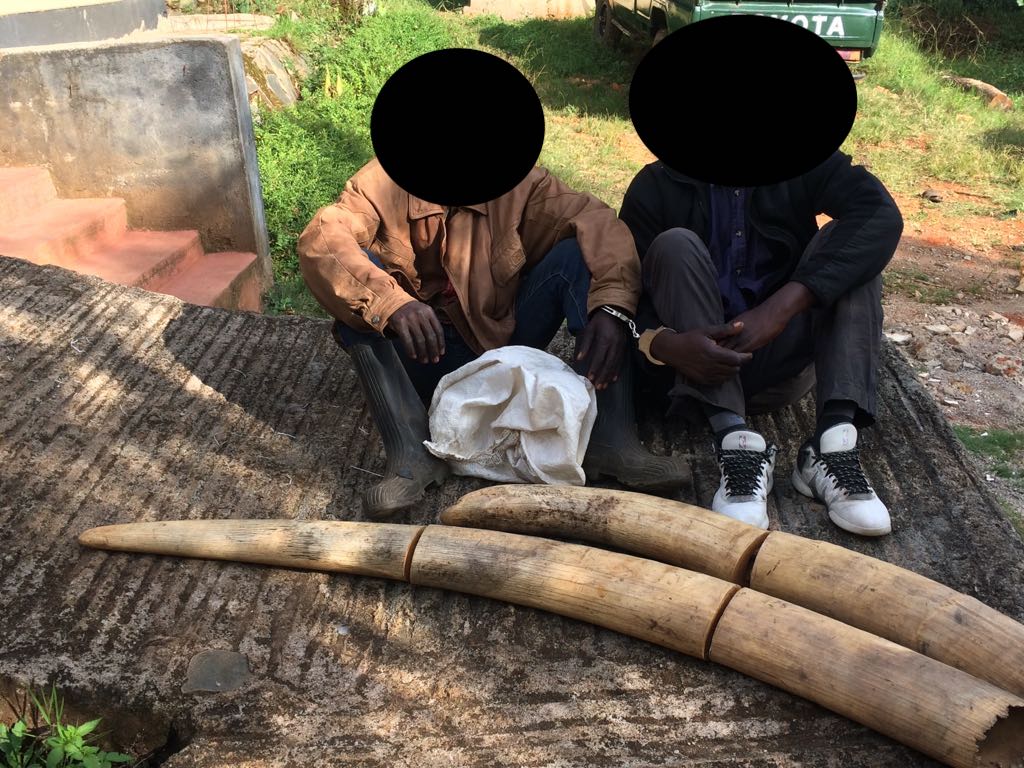
The 39 kg of ivory seized on August 7 based on MEP intelligence.
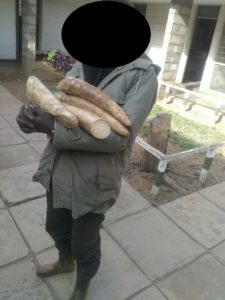
The second took place on August 22 with one suspect arrested and 21 kg of ivory seized in Olkuruto. MEP intelligence units gathered information that confirmed the ivory and after bringing in KWS, went to pose as buyers and make the arrest.
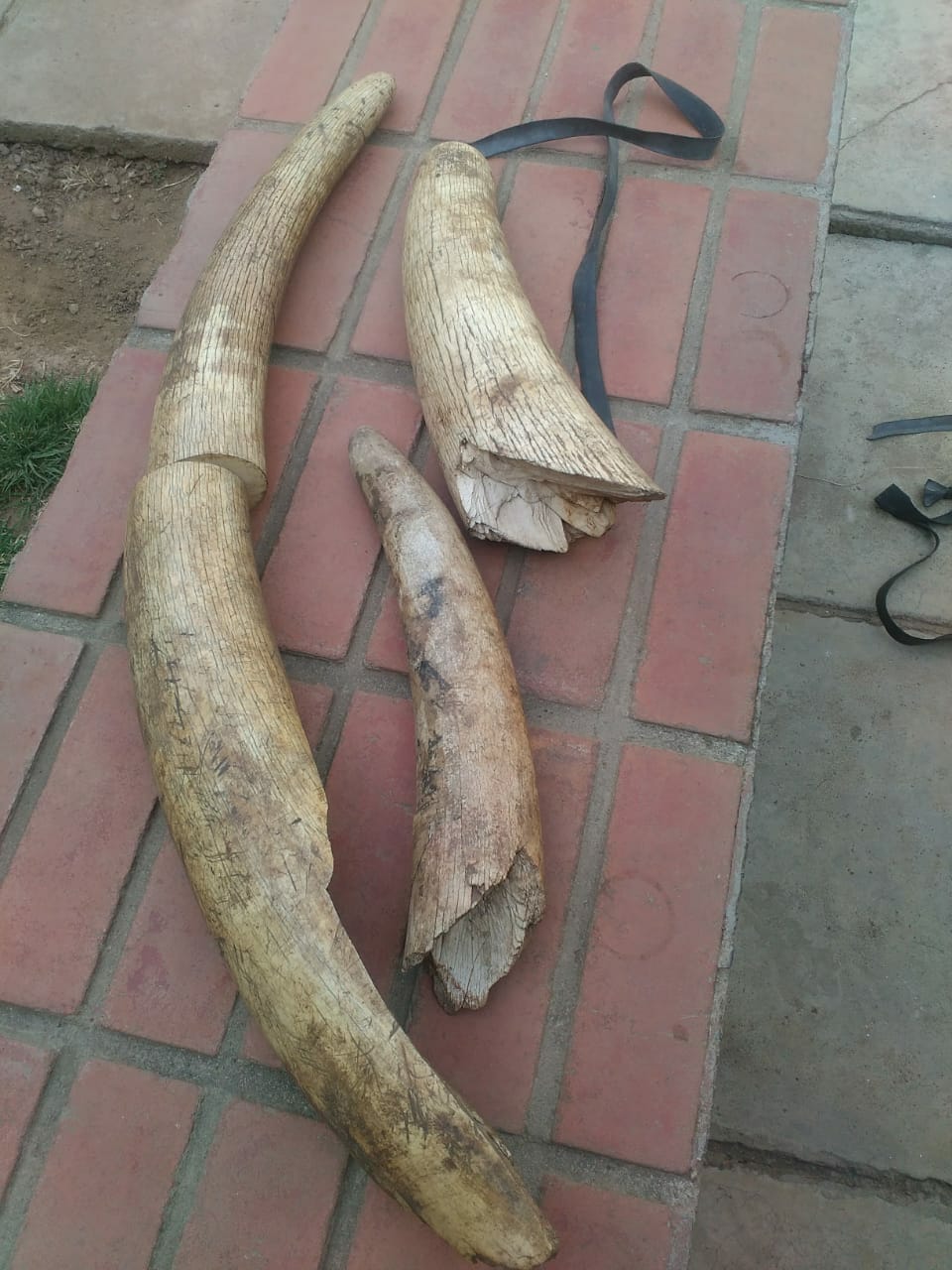
The 21 kg of ivory seized on August 22 based on MEP intelligence.
The MEP intelligence unit is responsible for 60 kg of ivory seized and three poachers arrested in August alone!
Additionally, we are seeing an increase in spearing attacks in the Olkineyi (Mosiro Ndogo) area and suspect that it is a poaching ring that has popped up in this area. In response to this, we’ve deployed the intelligence unit to investigate along with the mobile ranger unit to work together with the Olarro unit. The new Land Cruiser is also in the area to increase the ranger’s response time to conflict incidents. On August 31, there was a report of a young bull who had died as a result of a spear wound to the abdomen (pictured left). It happened right outside of Olarro Conservancy on community land. The human-elephant conflict in this area has been a big focus for MEP rangers in 2018 and our ranger units will continue to patrol regularly. The Kenya Wildlife Service collected the tusks from the elephant.
 A MEP ranger takes down information about a damaged fence due to HEC in the area. You can see the Land Cruiser in the background.
A MEP ranger takes down information about a damaged fence due to HEC in the area. You can see the Land Cruiser in the background.
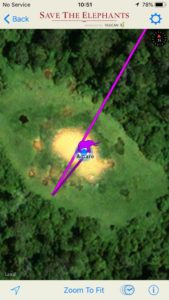
Amare, a female elephant, collared by MEP in June 2018 is the first elephant to be monitored and tracked in the Loita Hills area of MEP operations. She roams with a herd of 40 elephants in an area filled with dense foliage. Unfortunately, in the middle of August, MEP received an immobility alert from Amare’s collar (pictured left) and upon further investigation pin pointed it to the bottom of a rather large pond in one of the forest clearings. MEP CEO Marc Goss and rangers searched the 5-foot-deep pond but were unable to locate the collar. They suspect it fell off when she was inside the pond but cannot rule out poaching or a malfunctioning collar. The search for this collar and Amare’s herd will continue, but due to the foliage in the forest, it is difficult.
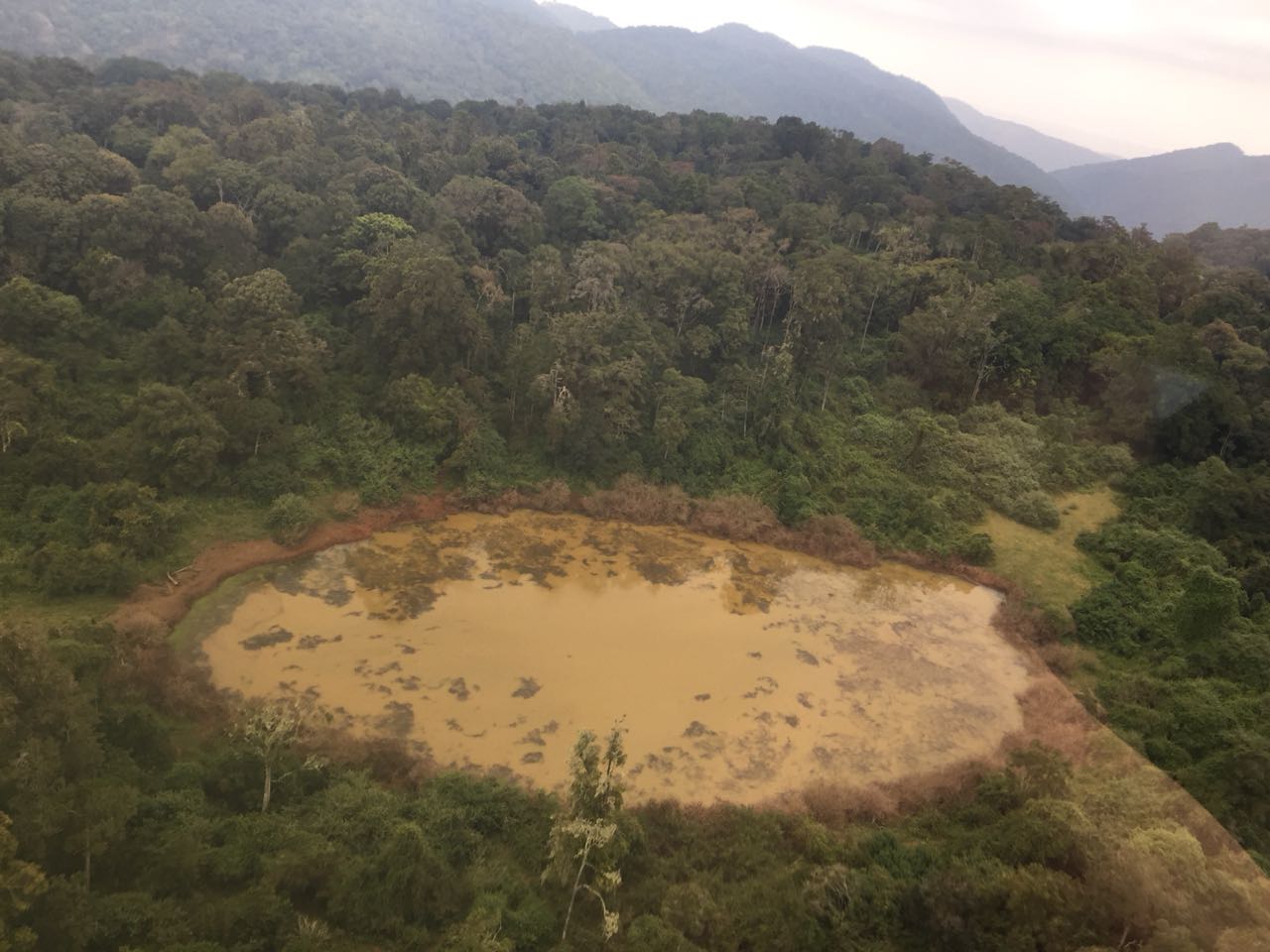
The pond in Loita where MEP rangers searched for the dropped collar.
MEP would like to thank everyone who helped us celebrate World Elephant Day on August 12. Thank you to all of the camps that sent visitors to MEP HQ in August and all of the people who raised money for MEP on Facebook. We couldn’t do it without all of your support!
